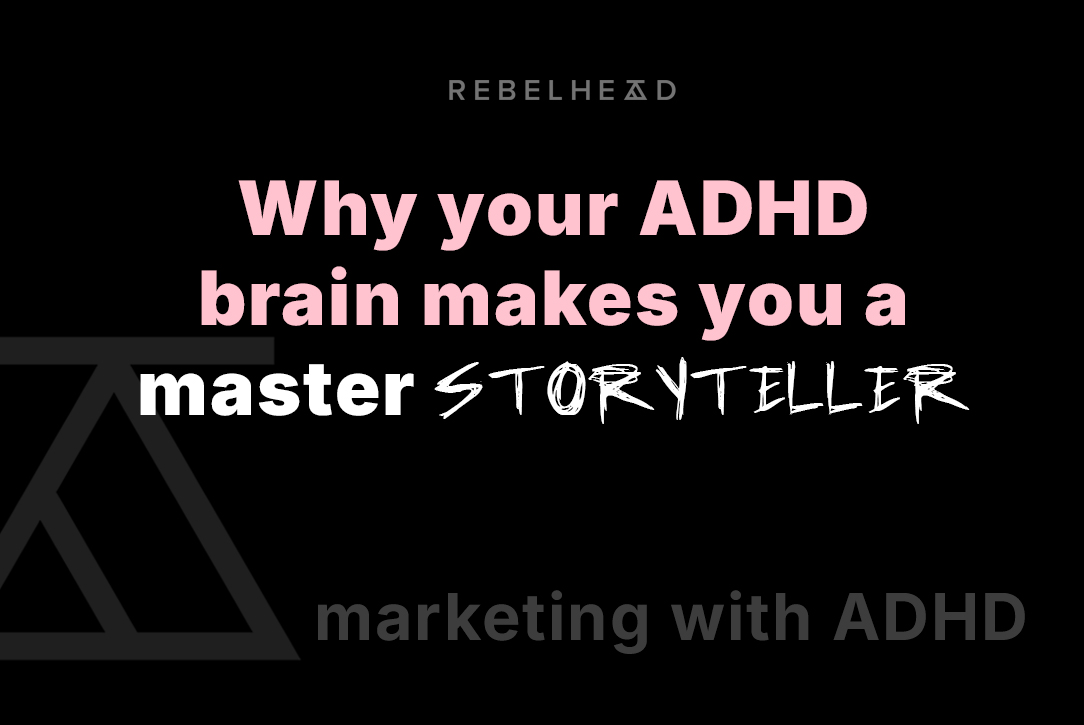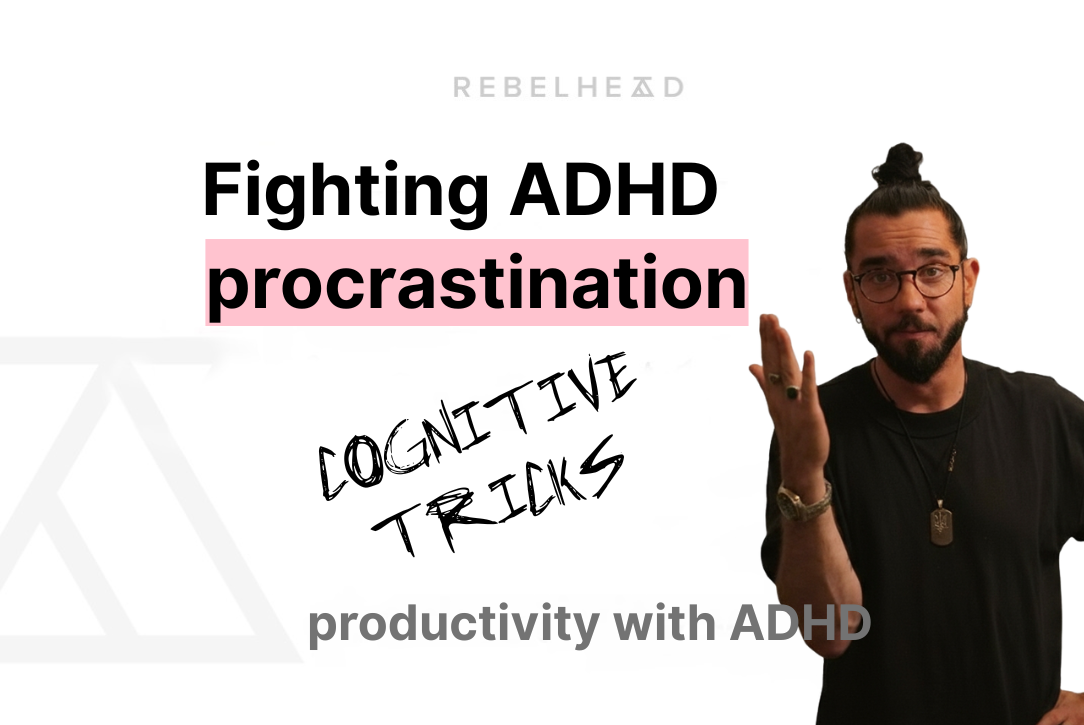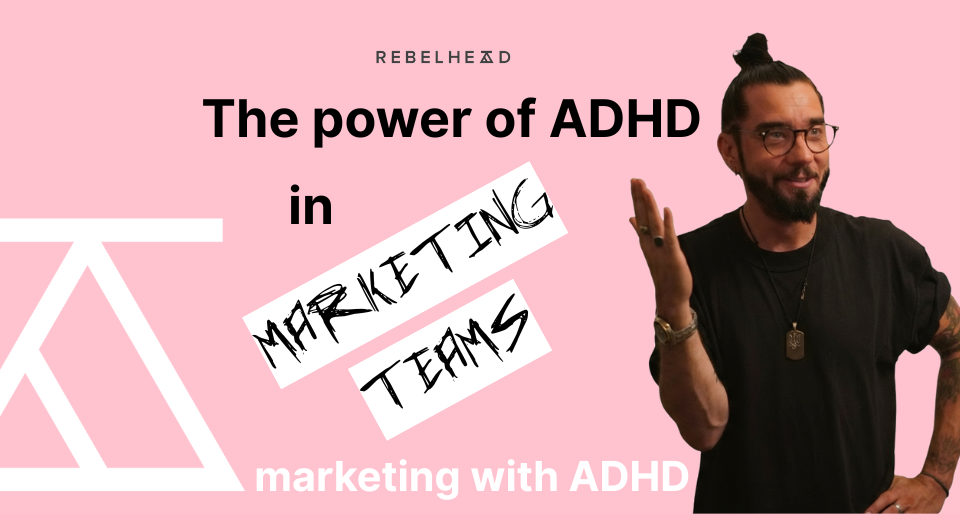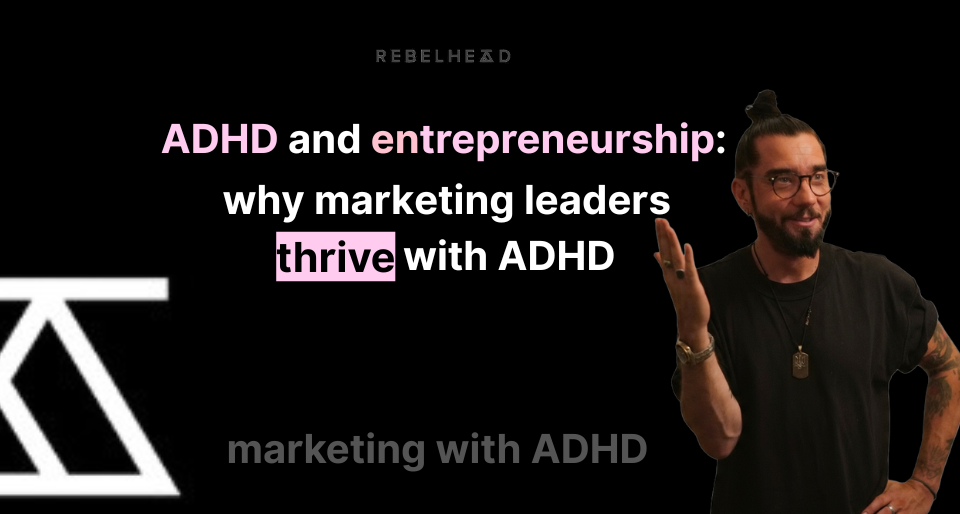Or: How Forgetting the Point of the Story Halfway Through Actually Makes It Better.
ADHD often gets a bad rap, especially when it comes to communication. We interrupt, we ramble, we start strong and then… wait, what were we saying?
Ah yes, storytelling.
Despite what your old English teacher or that overly linear colleague might think, the ADHD brain is fantastically wired for storytelling. Not in the structured, three-act, PowerPoint-slide kind of way. No, ADHD storytelling is more like a choose-your-own-adventure with surprise plot twists, wild metaphors, and at least one emotional monologue that came out of nowhere, but somehow hits.
It’s not messy. It’s immersive. And more often than not, it’s exactly the kind of storytelling that makes people lean in, not tune out.
So, let’s unpack why your “scattered” ADHD brain might just make you a storytelling ninja in disguise.
- Tangents? More Like Narrative Texture
Yes, we go off on tangents. Constantly. But that weird side note about the time you accidentally walked into a Zoom call for the wrong company? That’s color. That’s flavor. That’s the moment your audience actually tunes in.
ADHD brains don’t follow scripts—they build worlds. They add dimension, detail, and delightful chaos that takes a bland story and turns it into a ride no one asked for—but no one wants to get off, either.
- Emotional Intensity: Turned All the Way Up
People with ADHD feel things. Like, really feel them. Whether it’s excitement, frustration, or the soul-crushing regret of ordering a salad when you actually wanted chips, those emotions are full-volume.
This makes ADHD storytellers natural empaths, able to infuse narrative with raw, relatable emotion. Your stories don’t just inform, they hit. You don’t describe disappointment, you become disappointment. You don’t explain joy, you channel it through interpretive hand gestures and probably a weird voice.
It’s theatre. And it works.
- Hyperfocus = Character Development You Didn’t Ask For
Ever started telling a story and found yourself spending five minutes describing the barista’s haircut from 2019? Classic ADHD move. But also: world-building.
That hyperfocus on details that others might skip? It brings your stories to life. Your characters are vivid. The setting is specific. Your audience may not remember the plot, but they will remember how Susan from accounting once whispered “YOLO” before sending an unapproved tweet that changed company policy.
And that’s art.
- Non-Linear Brilliance
The ADHD brain doesn’t do A-to-B-to-C. It does A-to-G-to-wait-why-are-we-talking-about-a-goose?
And yet, somehow, it all comes together in the end. The unexpected turns, the backtracks, the “wait—let me go back for a second”, they build tension. They create surprise. They keep people on their toes.
Linear is predictable. ADHD storytelling is anything but.
- We See Connections Others Miss
ADHD brains are masters of linking seemingly unrelated things, pop culture, psychology, personal trauma, and that weird fact about octopuses you read once at 2am. And from this mental pinball machine comes storytelling that’s rich, original, and absolutely unforgettable.
Where others follow formulas, we create mashups. And that’s what makes a story stick.
But Wait, Aren’t We… Kind of All Over the Place?
Sure. We forget where we’re going mid-sentence. We use our hands too much. We can’t always land the ending. But do people remember our stories?
Absolutely.
Do they connect to the emotion, the energy, the unpredictability?
You bet they do.
Because good storytelling isn’t about perfect structure. It’s about connection. And the ADHD brain, for all its zig-zagging glory, is built for connection.
Final Thought: Embrace the Chaos, Tell the Story
So, if you’ve ever been told you’re too much, too scattered, too all-over-the-place to be a good storyteller, congratulations. That probably means you’re already a great one.
Your ADHD brain doesn’t need fixing. It needs a mic.
Now go tell your story, with flair, feeling, and at least three unexpected side quests.
Links:
Popular Articles:
Turning ADHD into a Creative Superpower
Burnout Prevention for Highly Creative, ADHD Marketers




